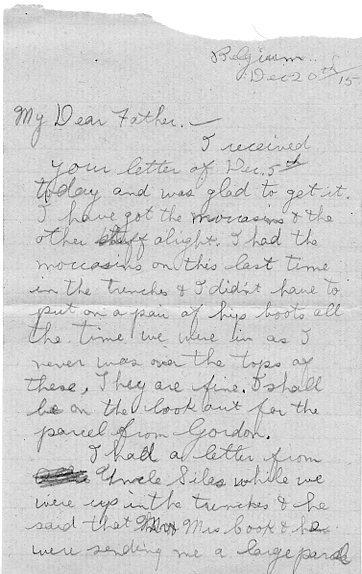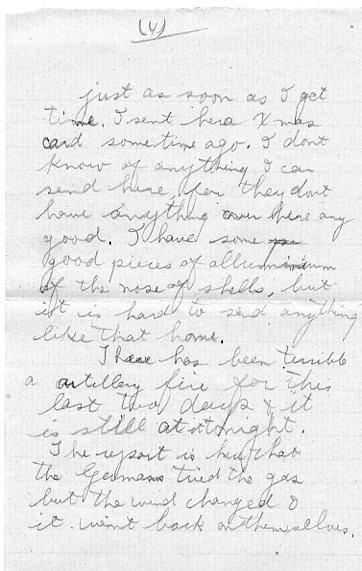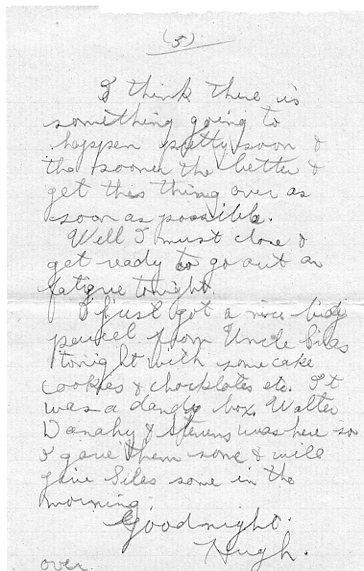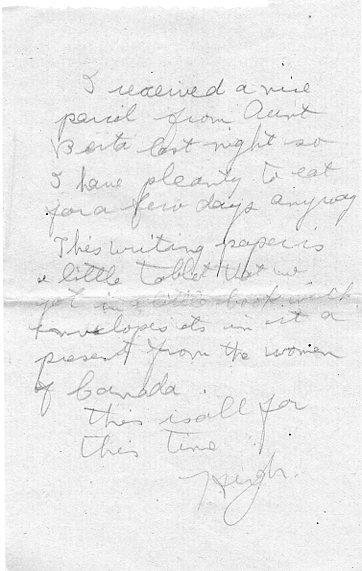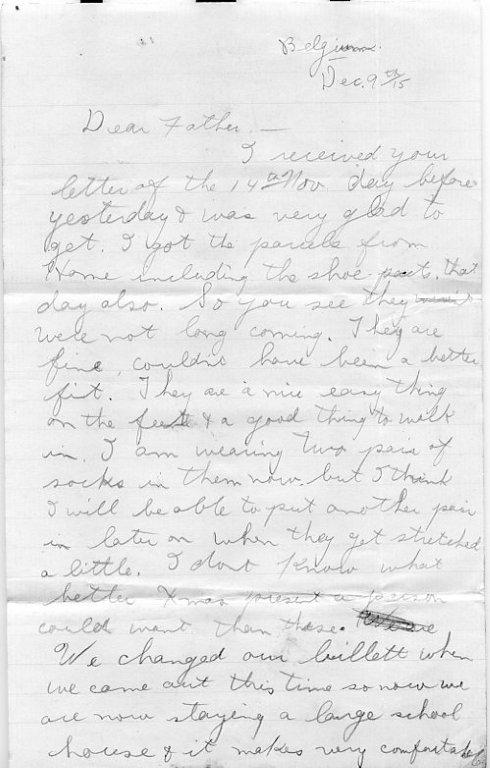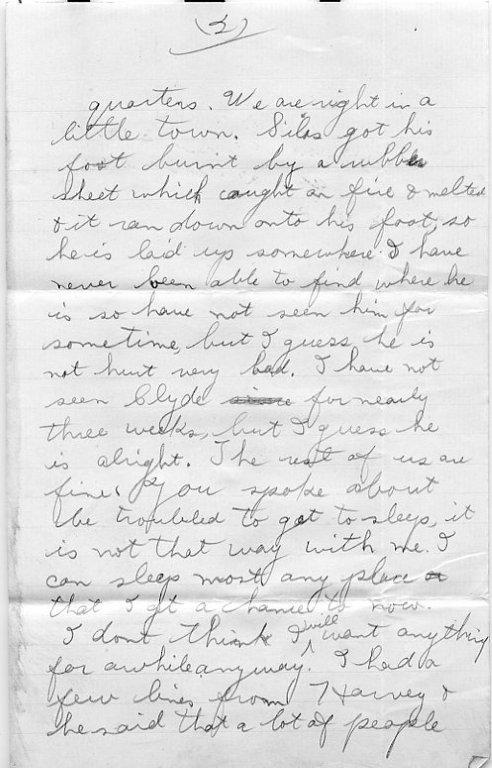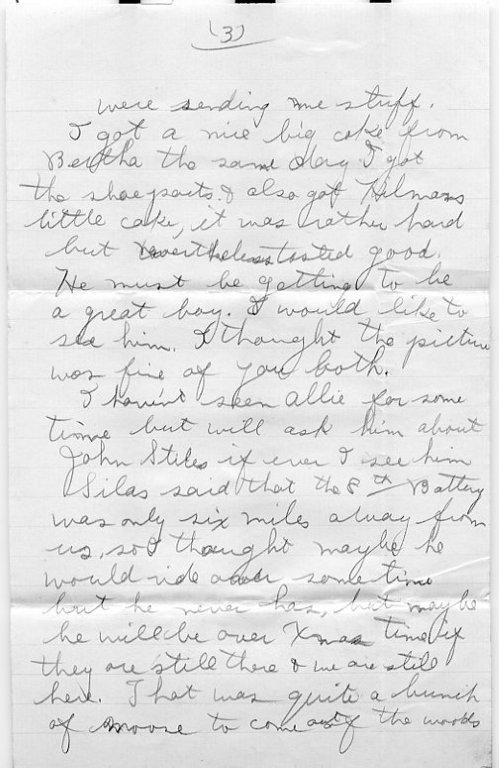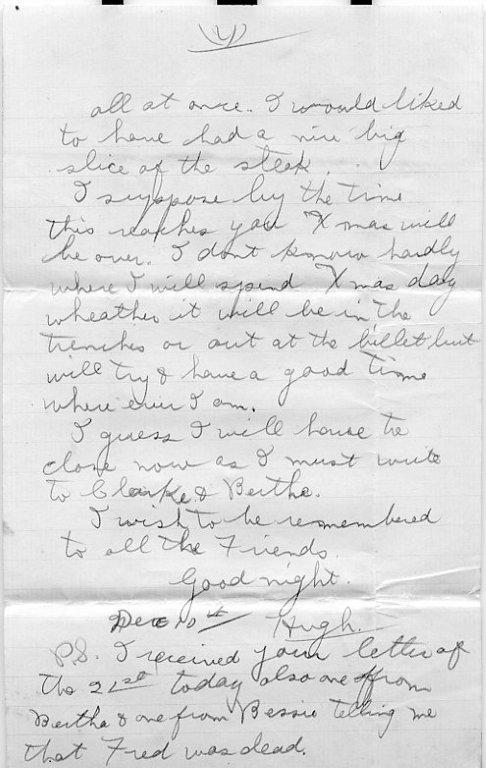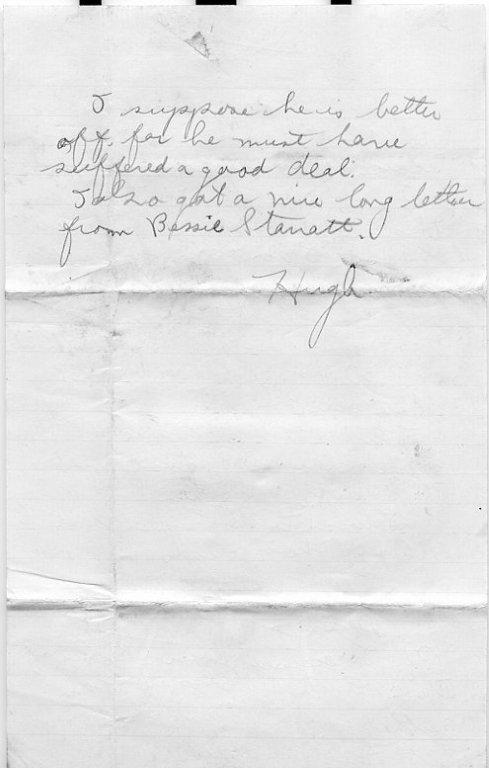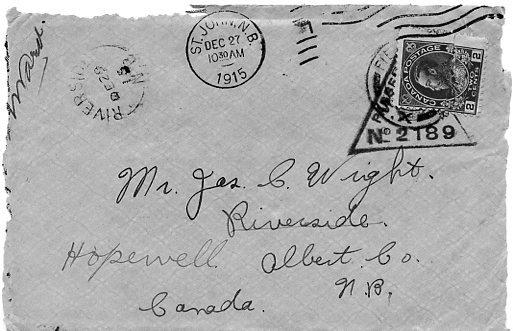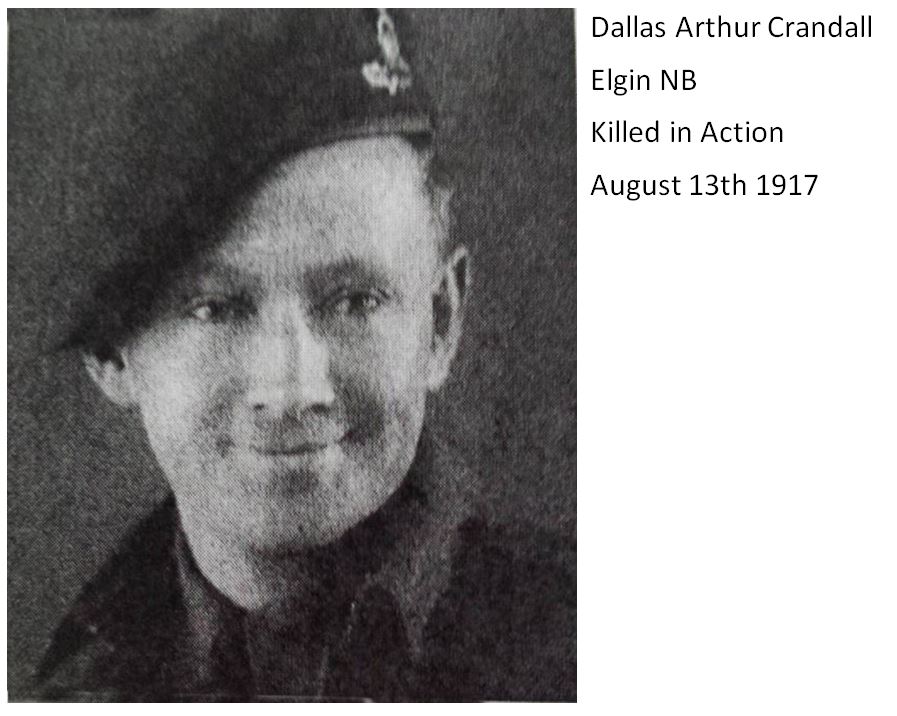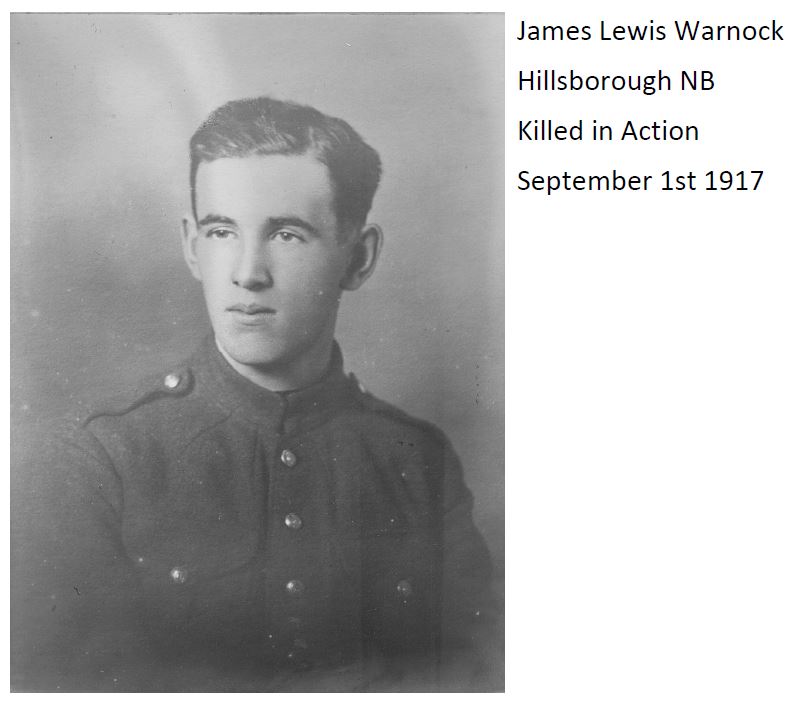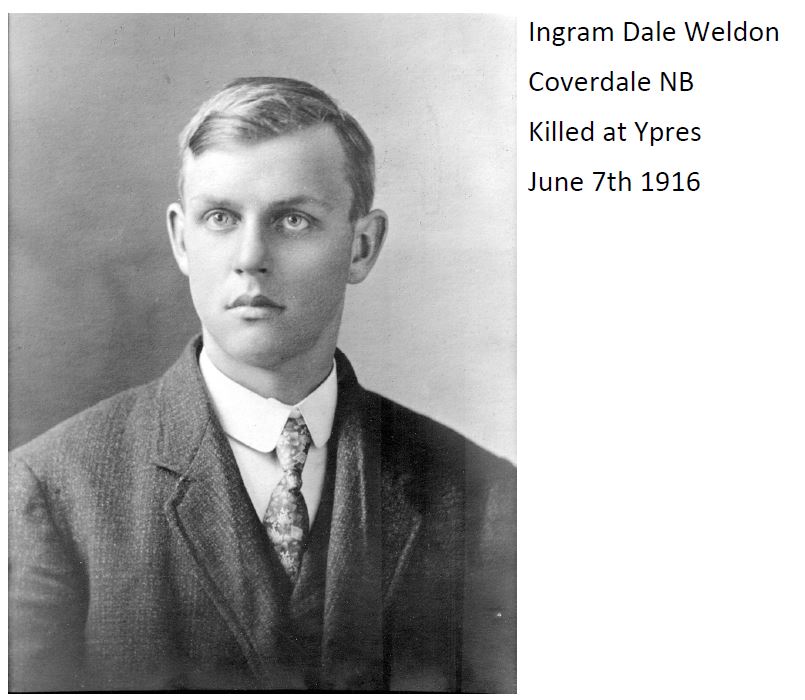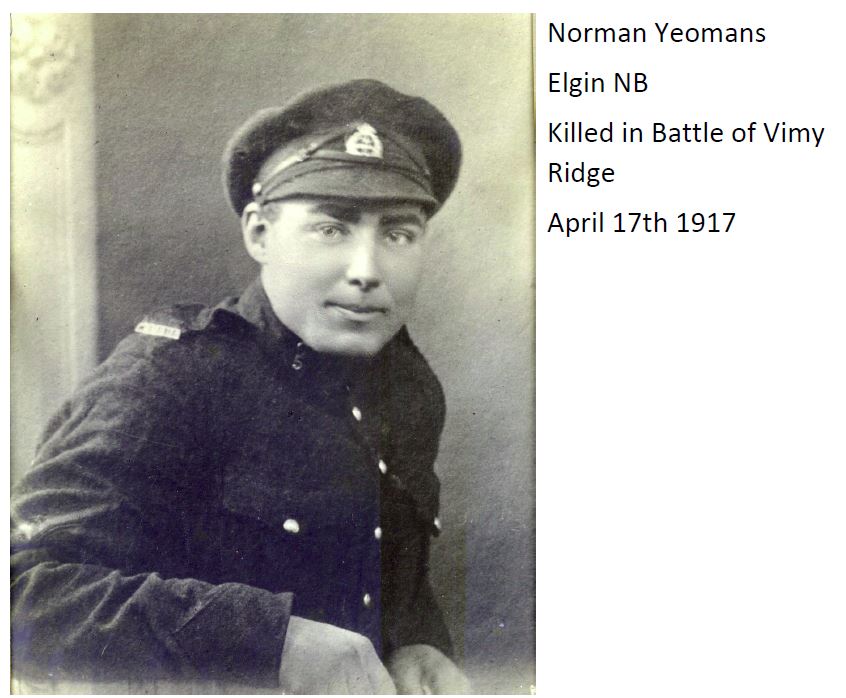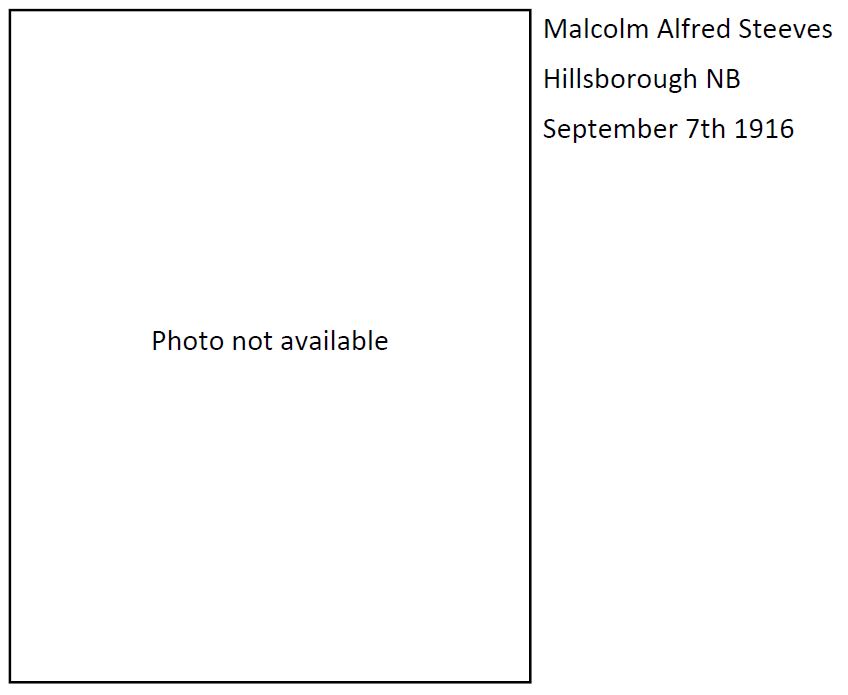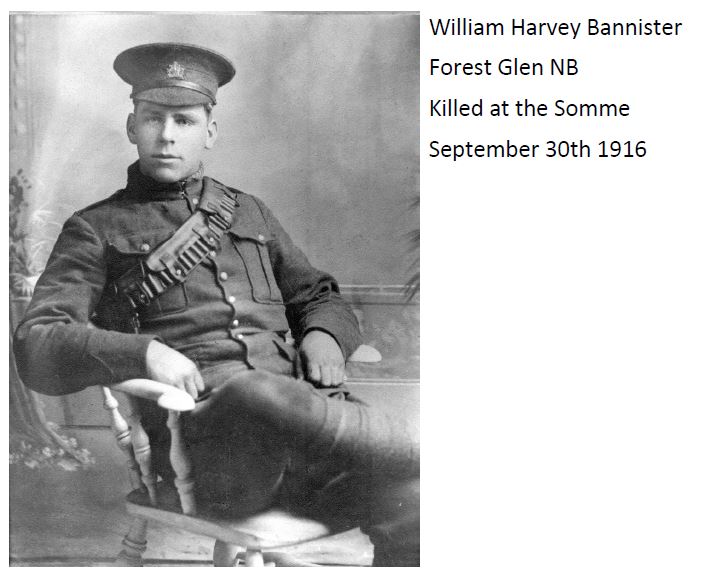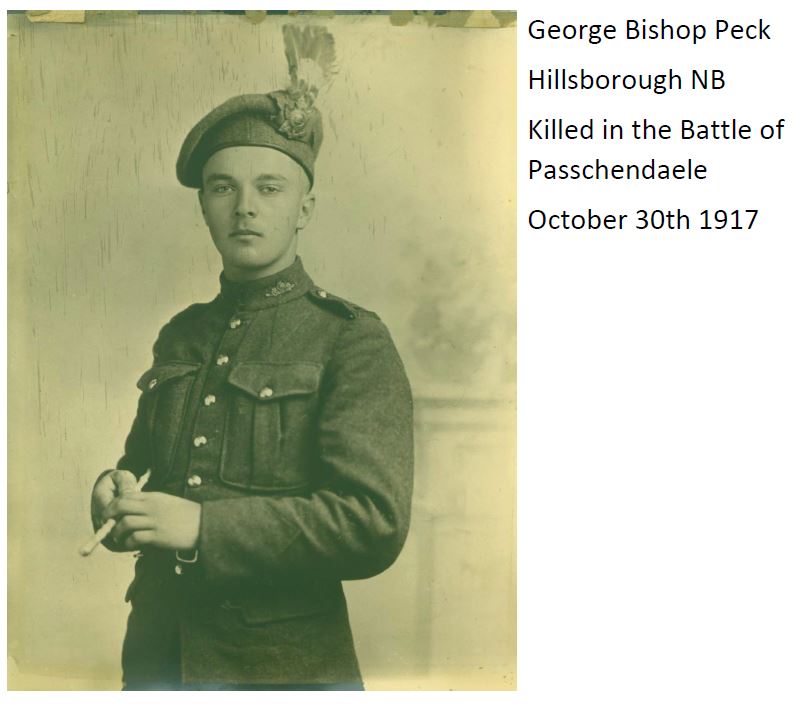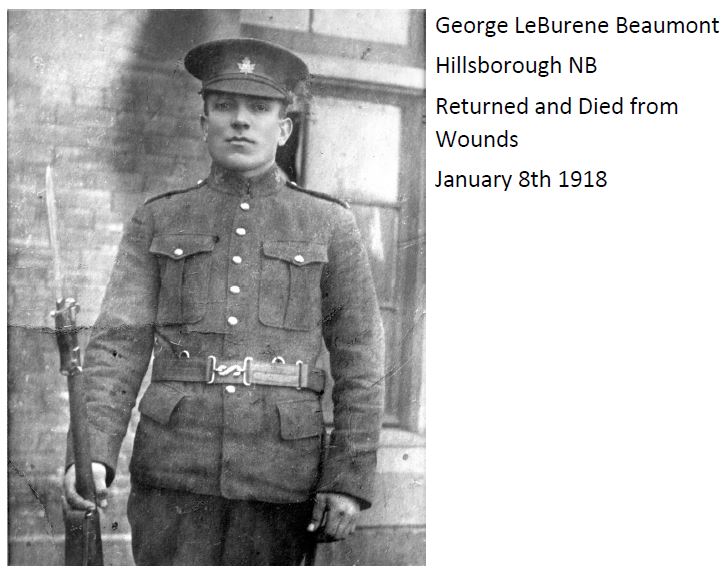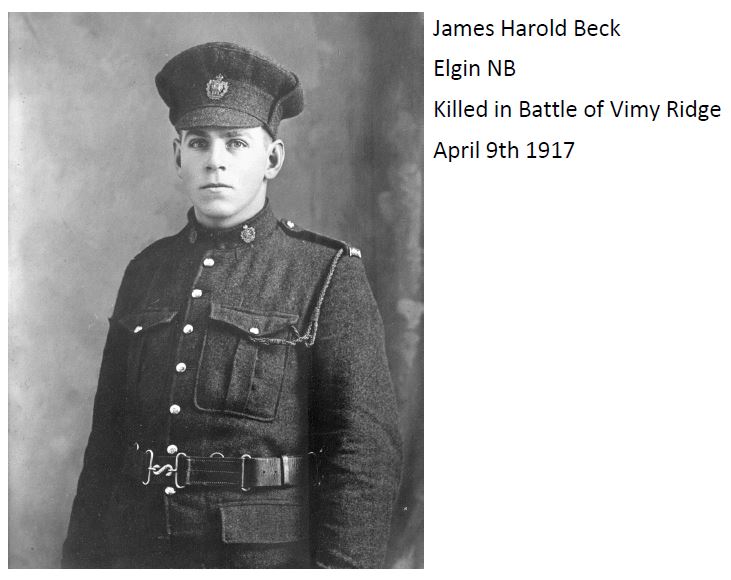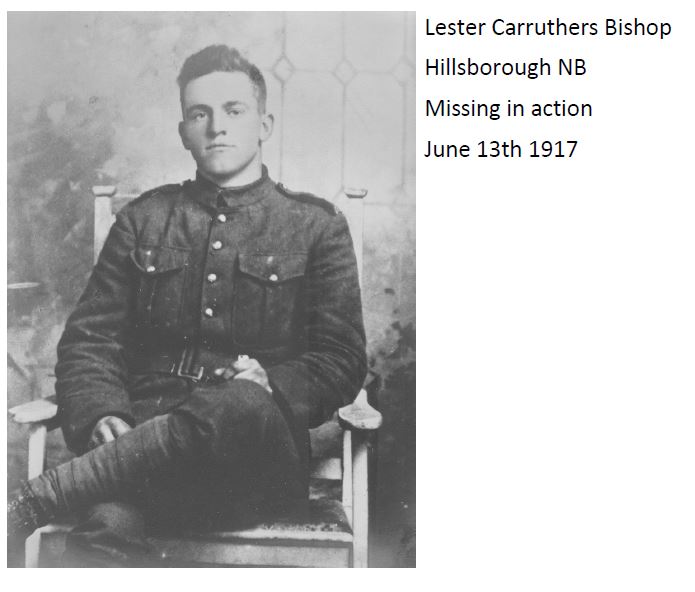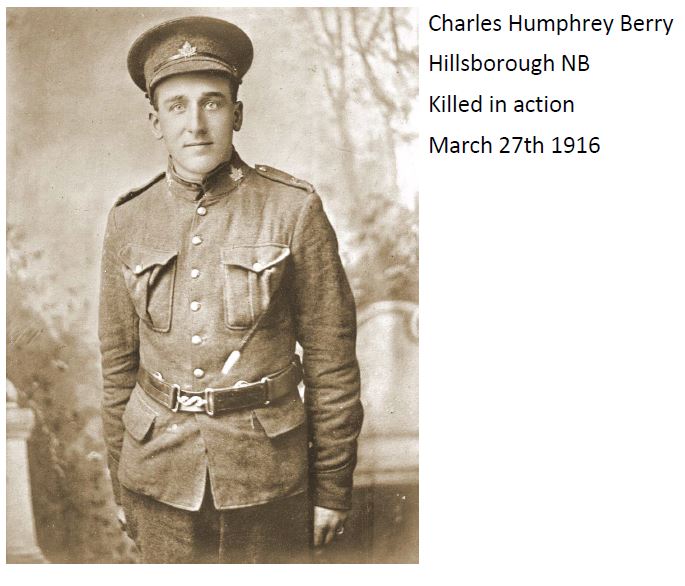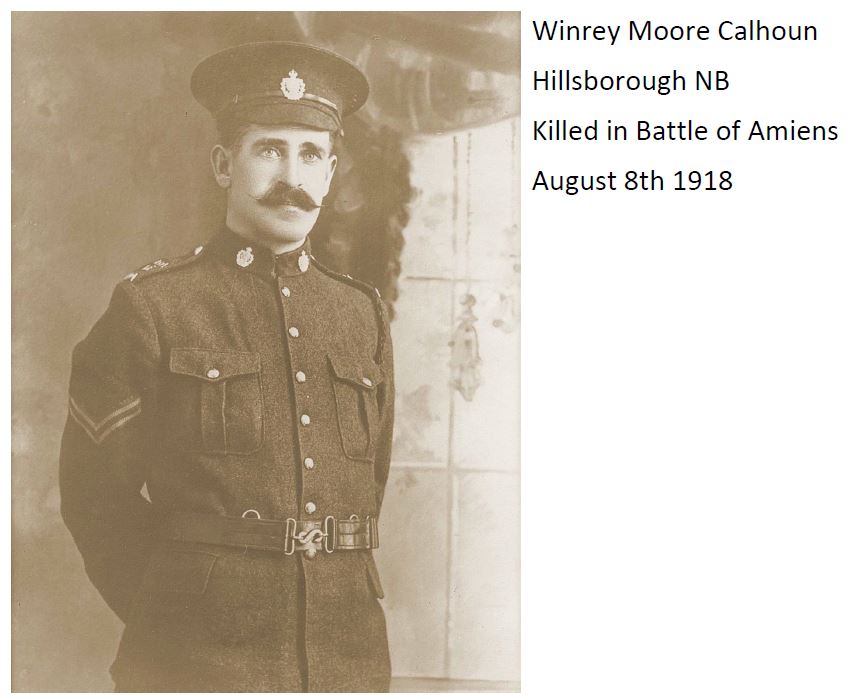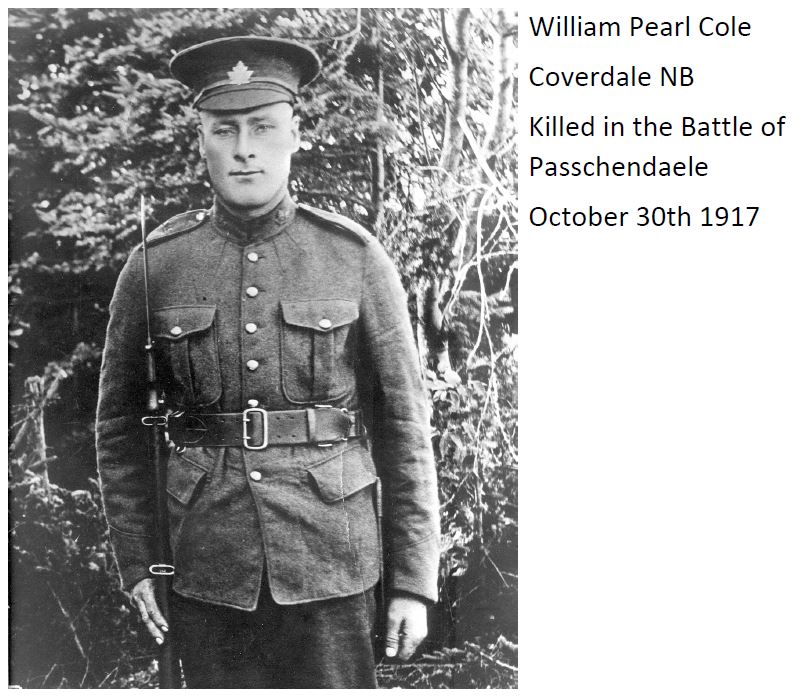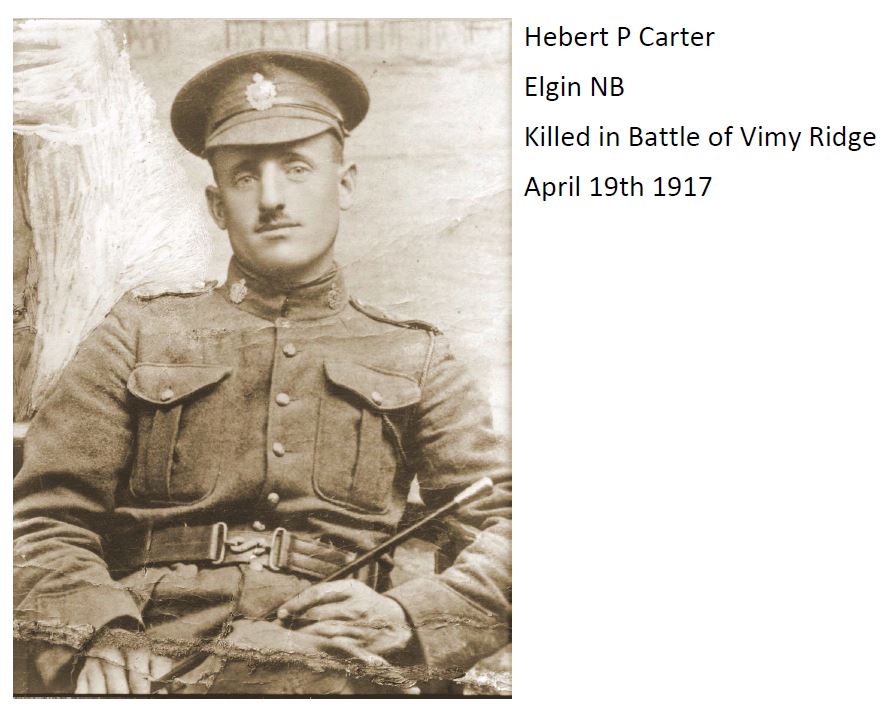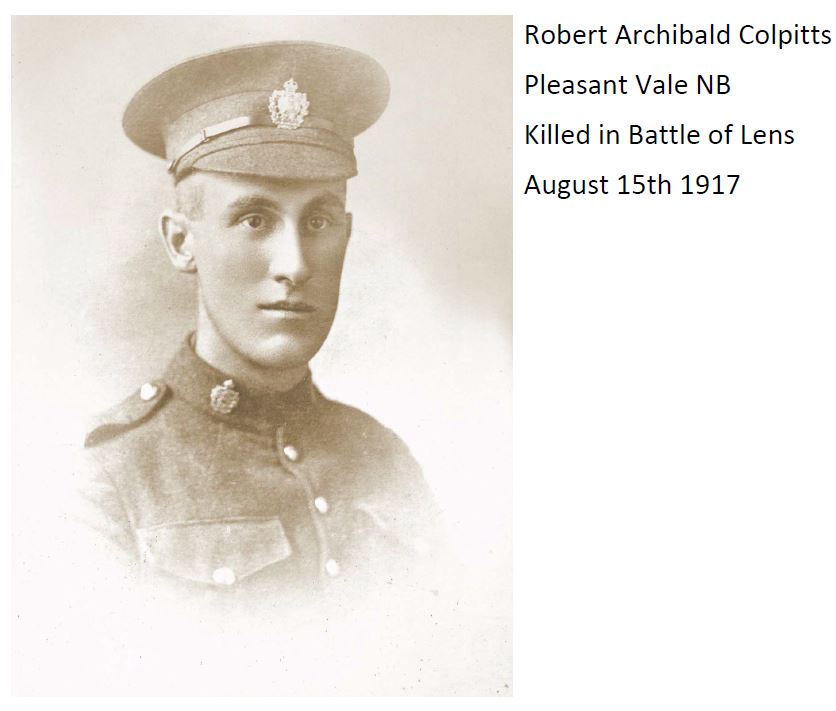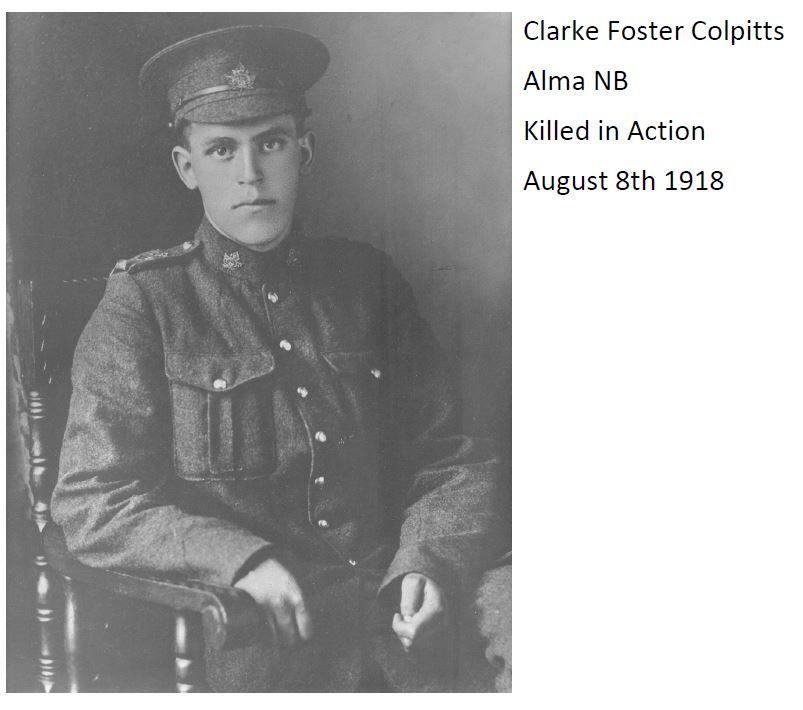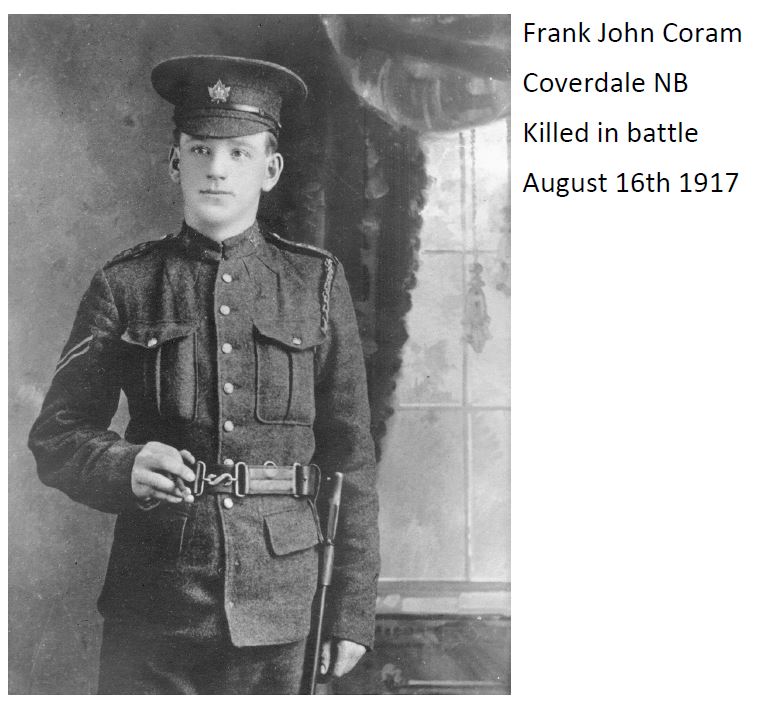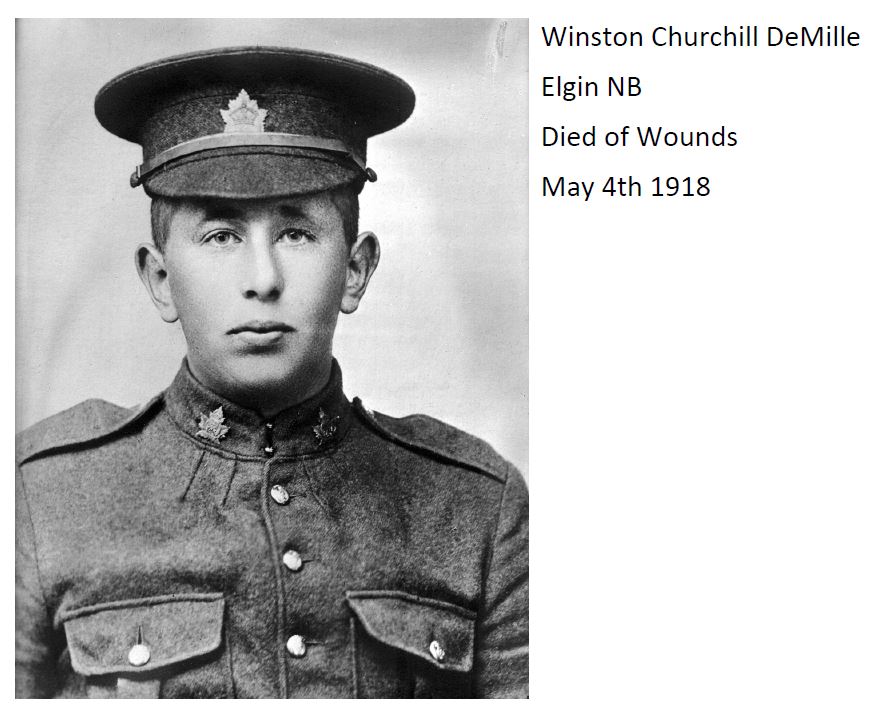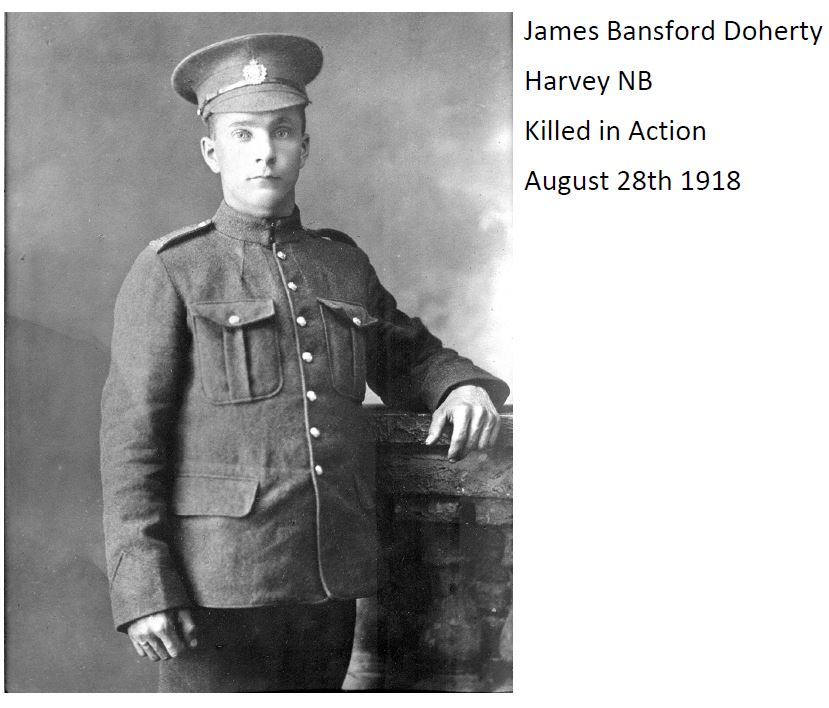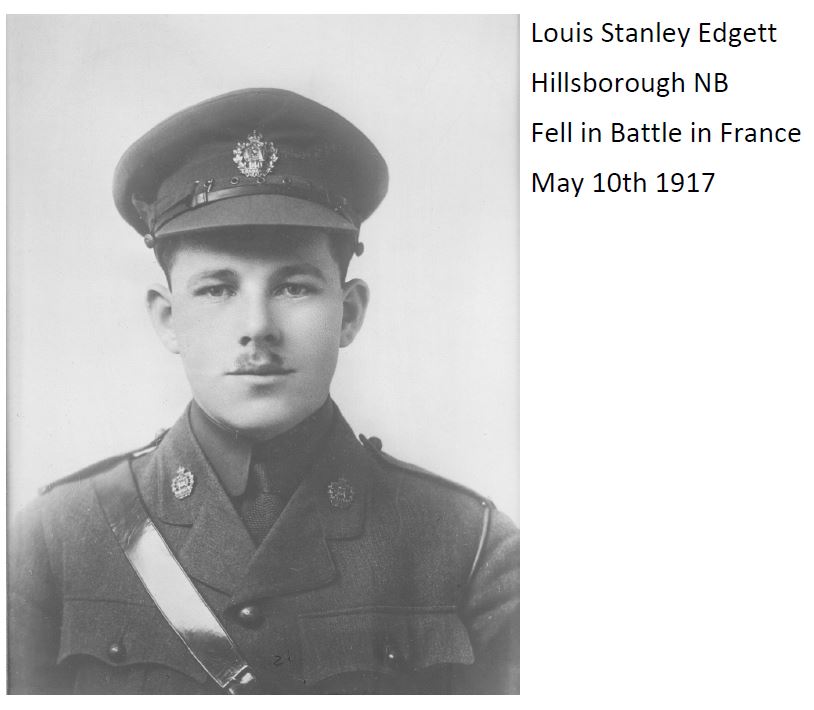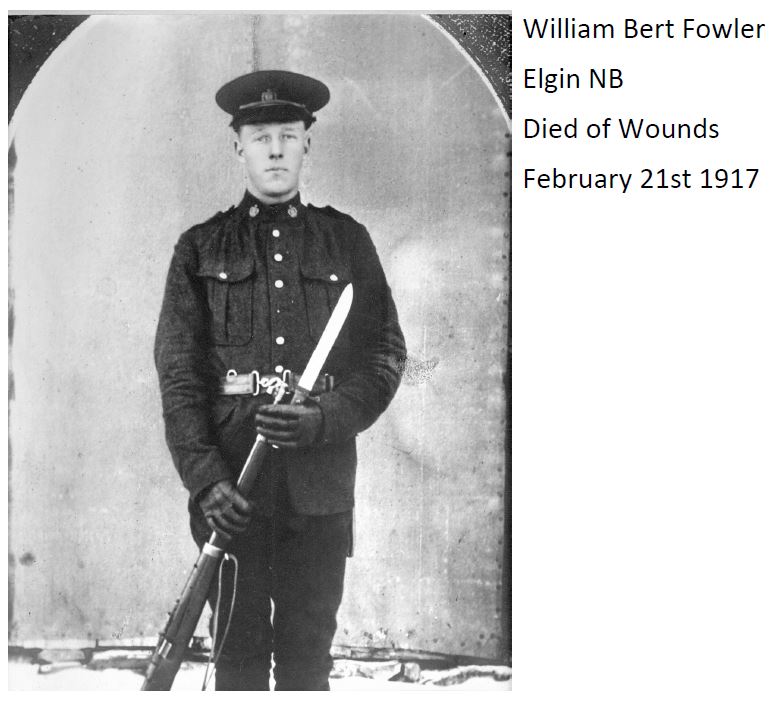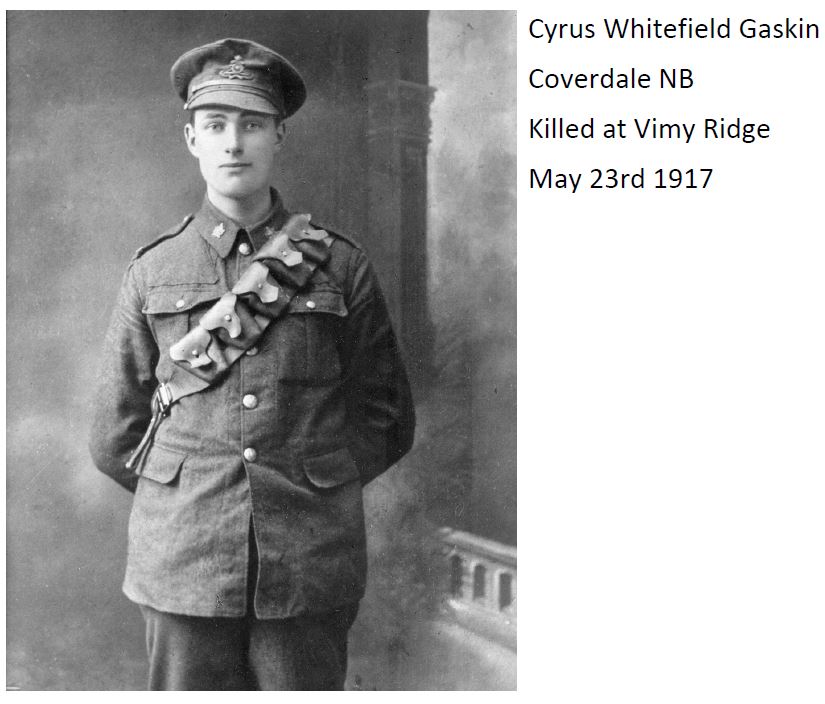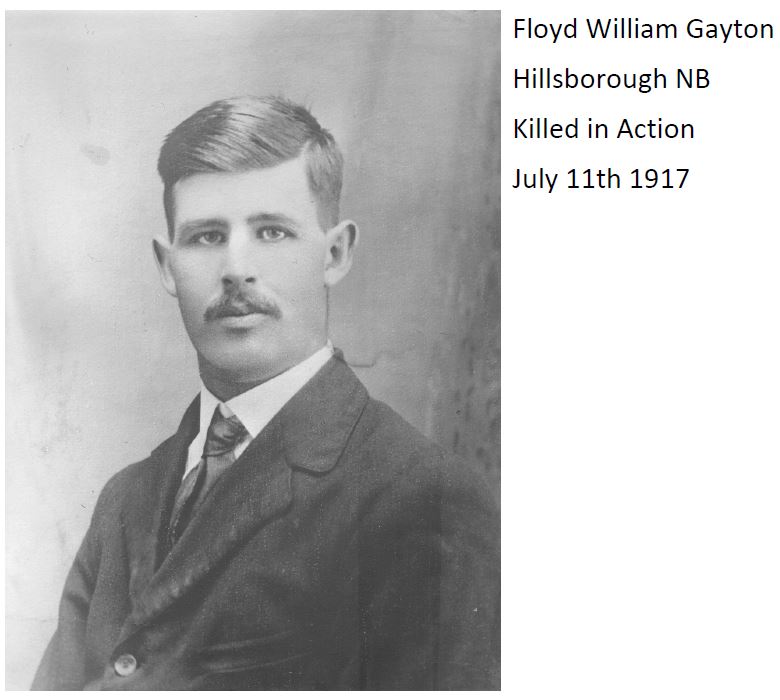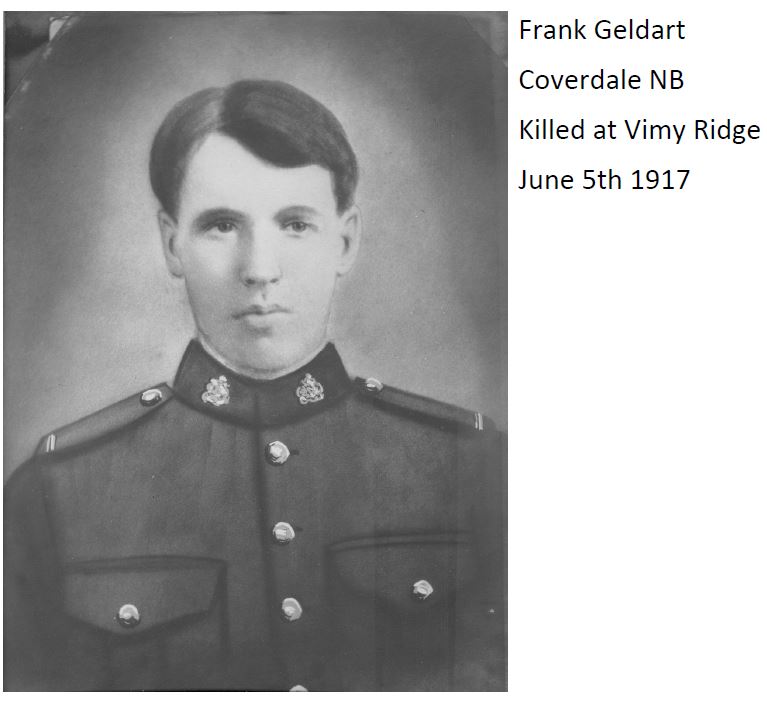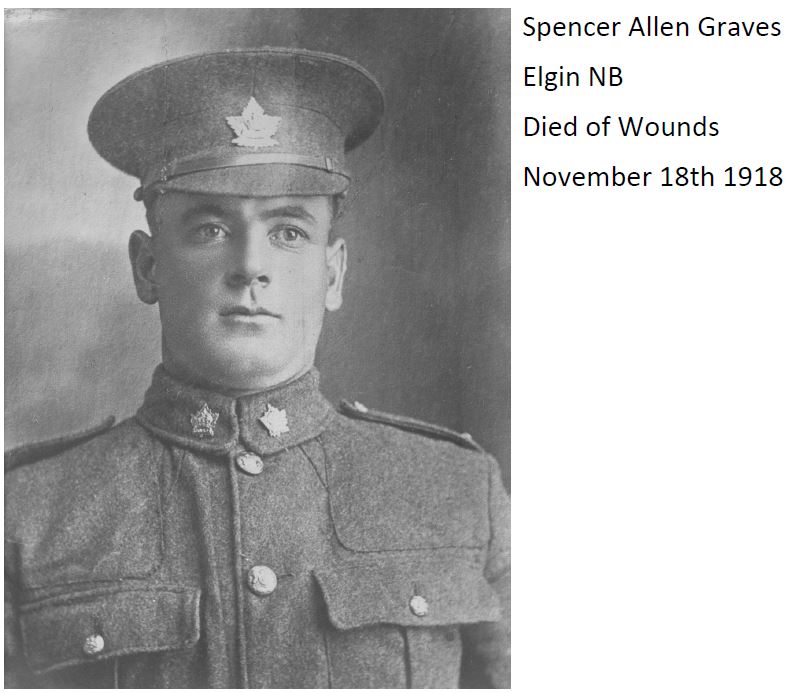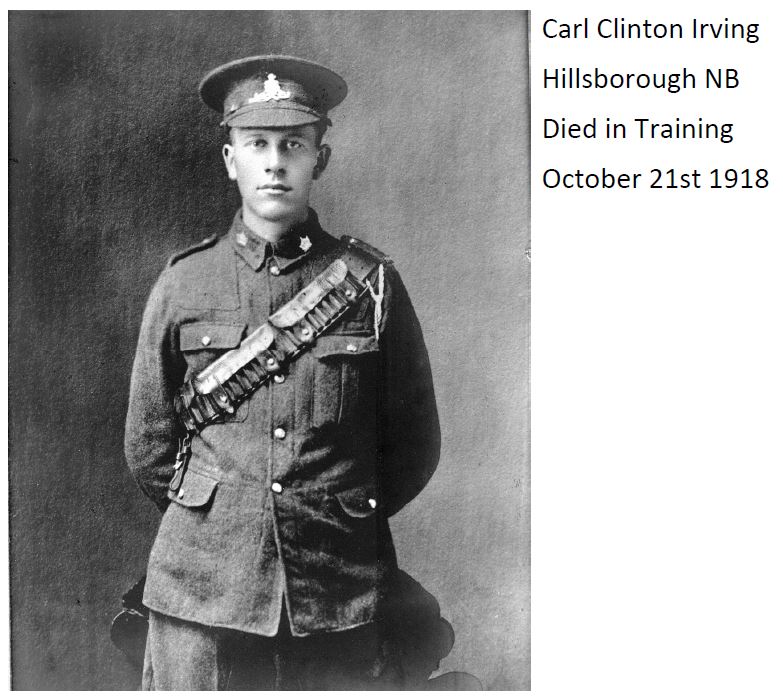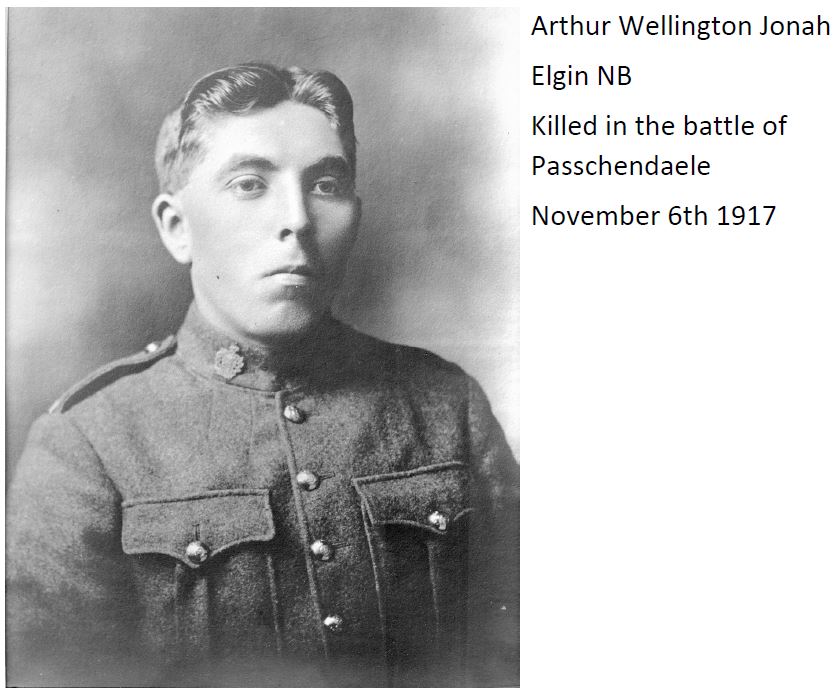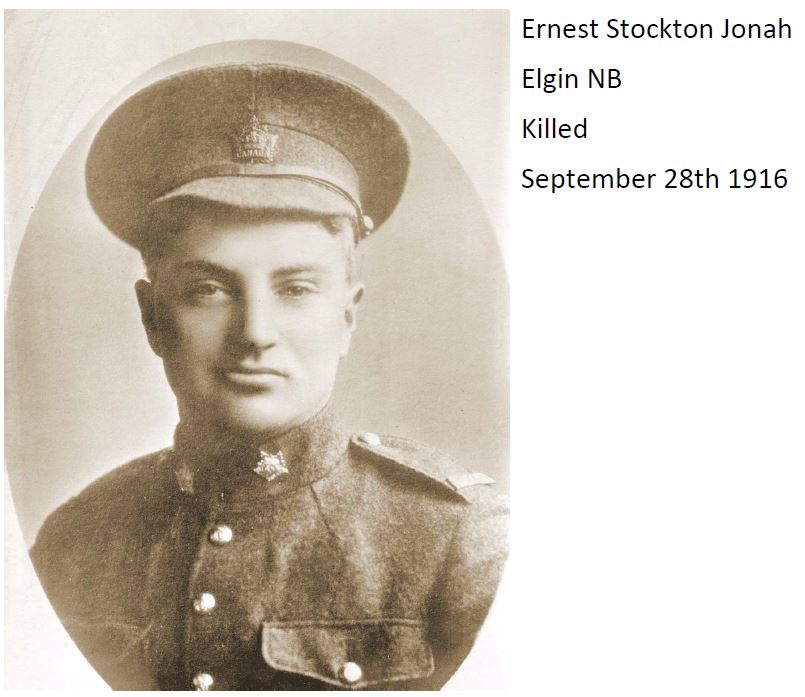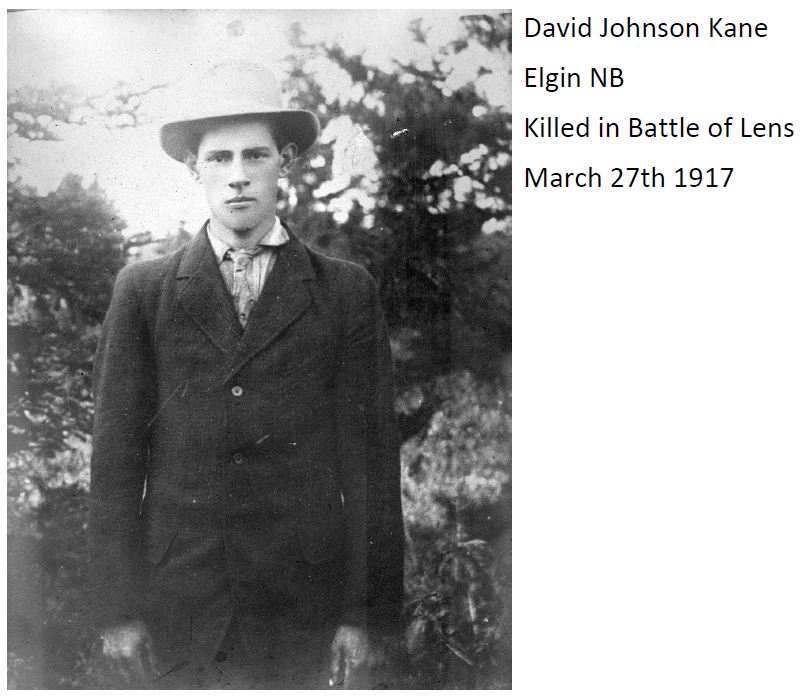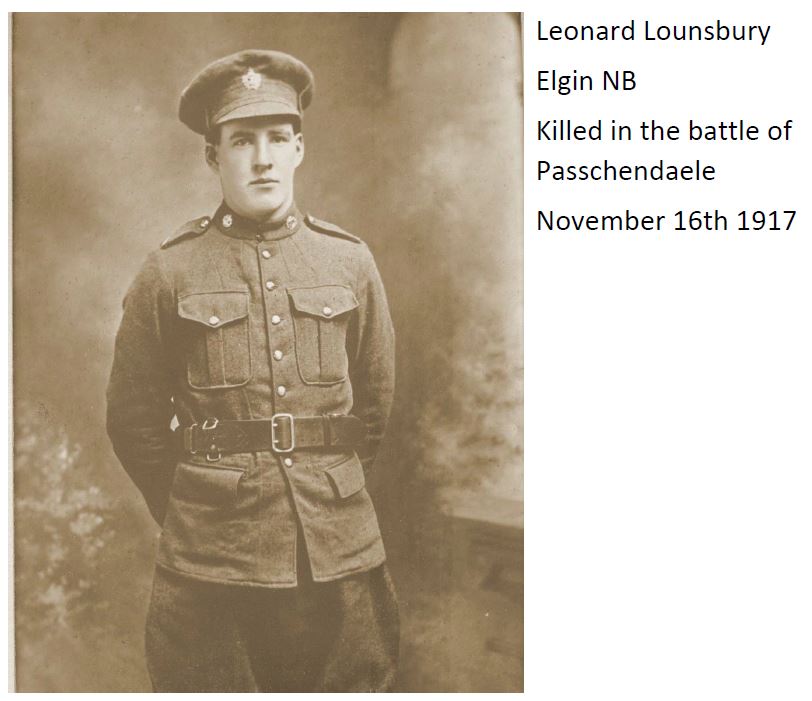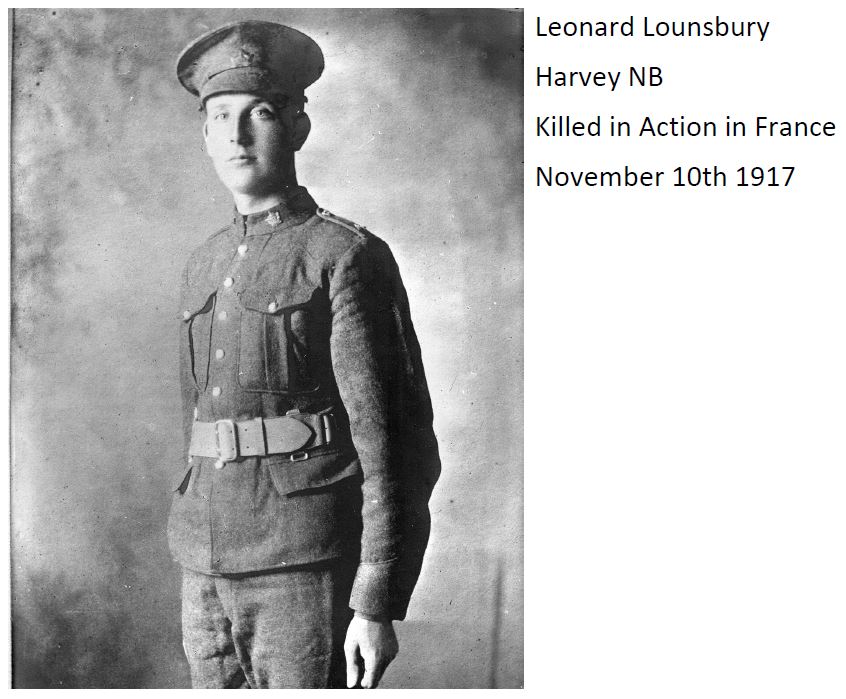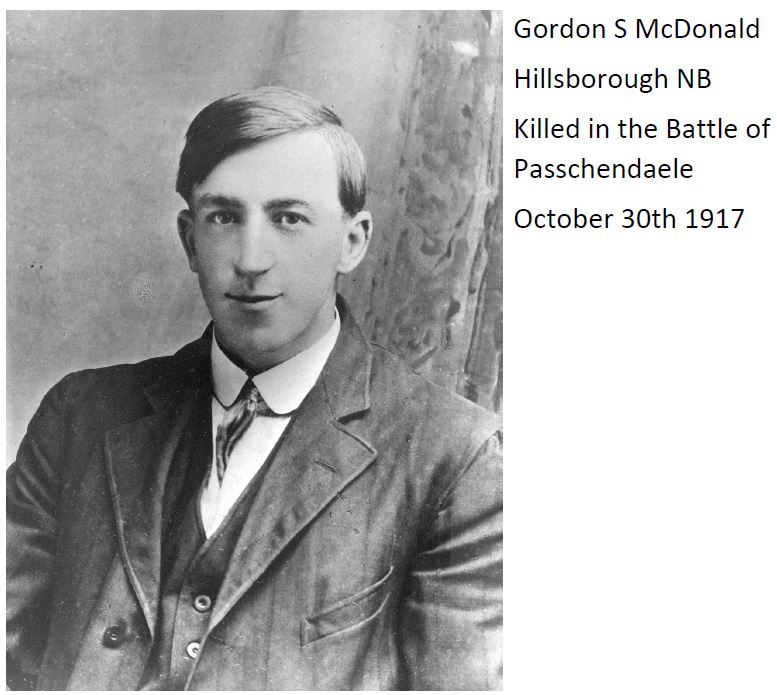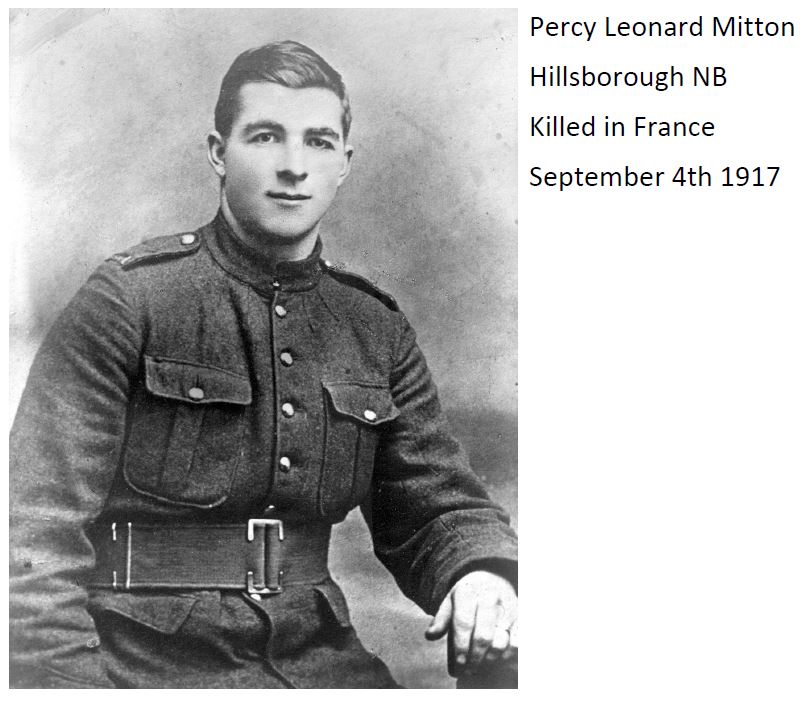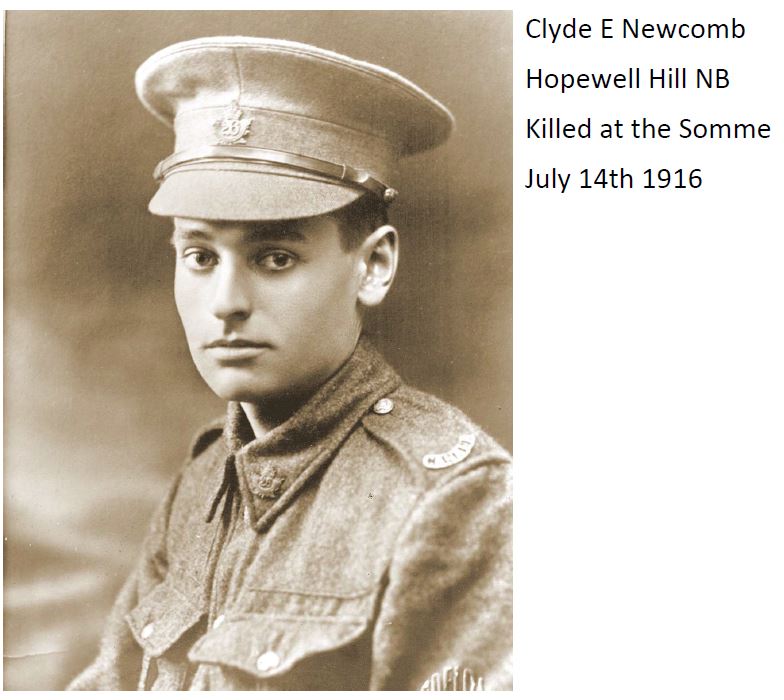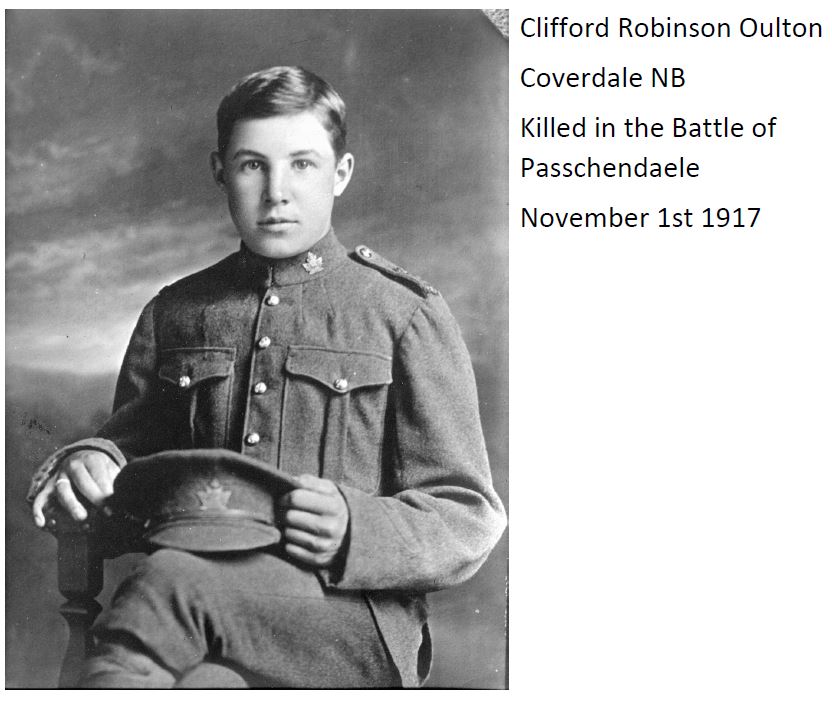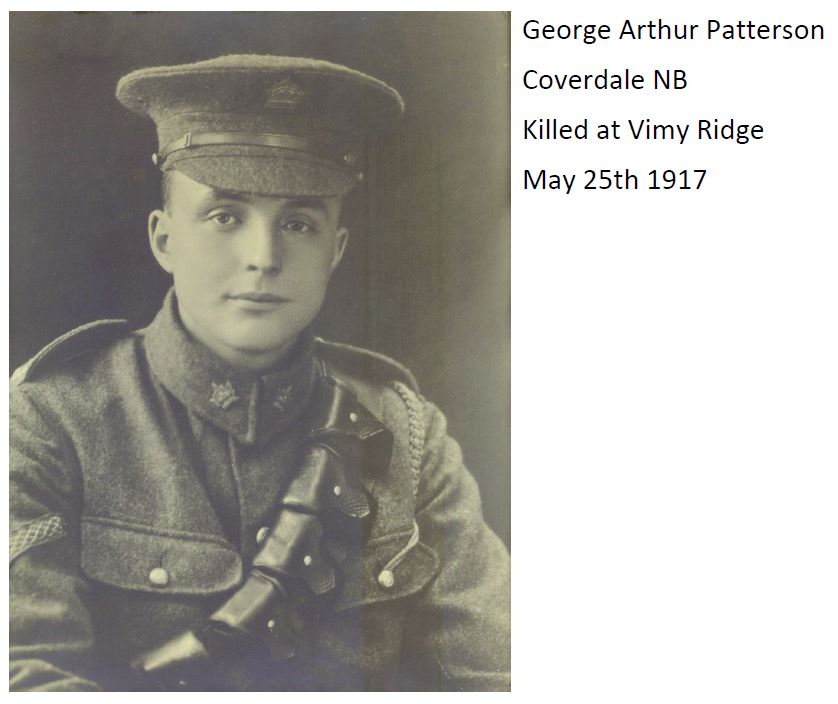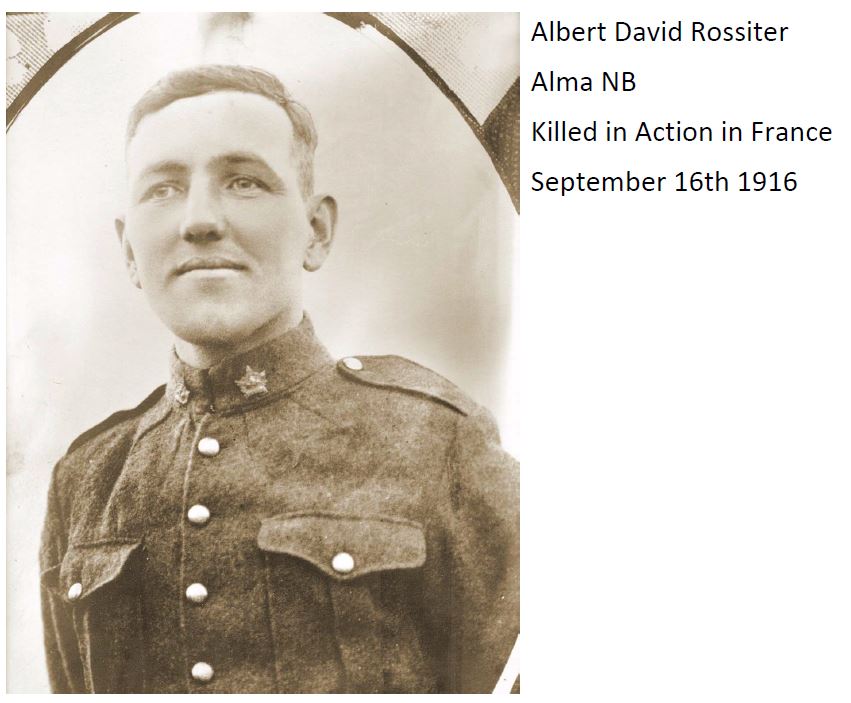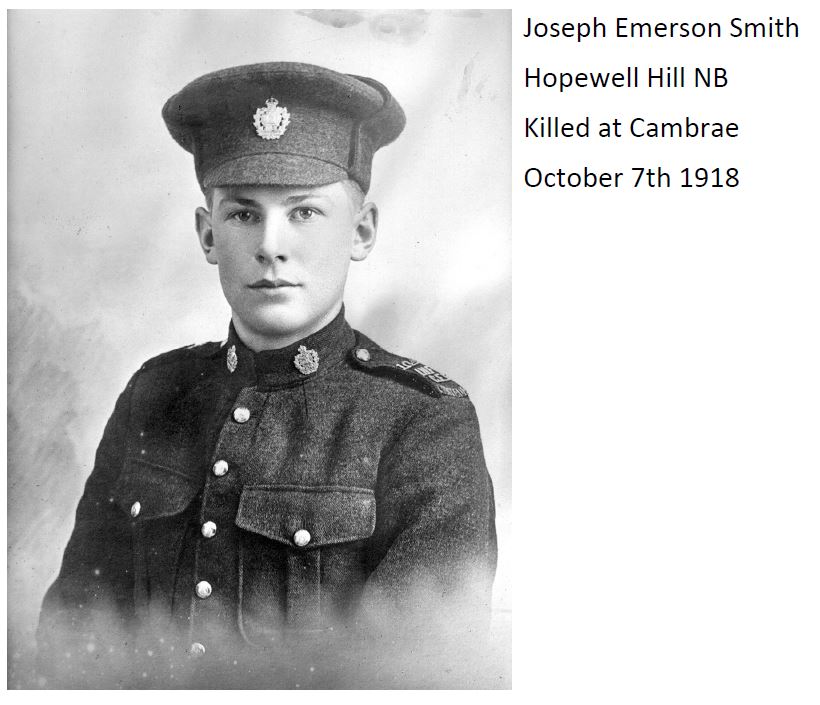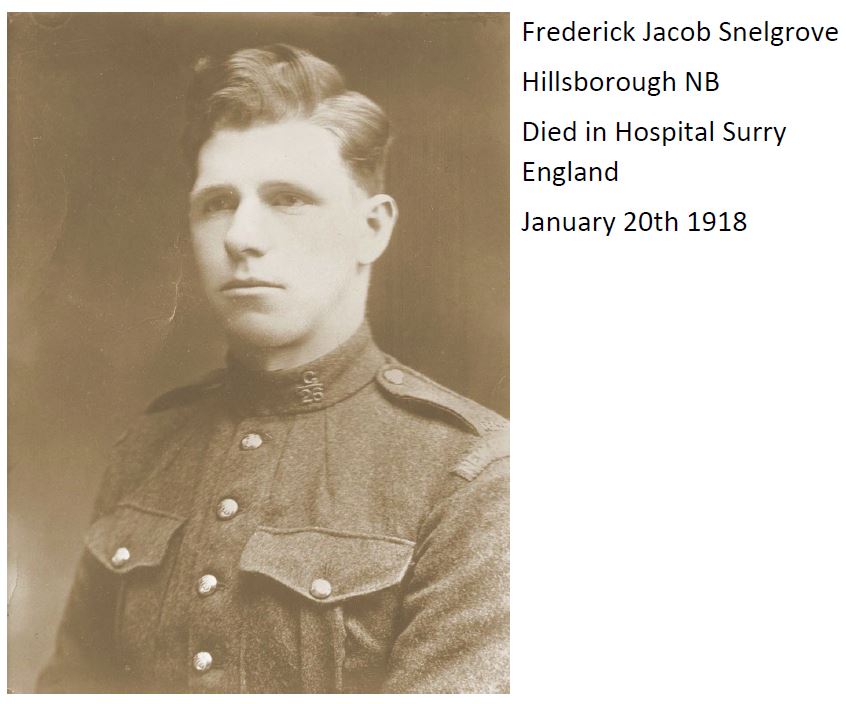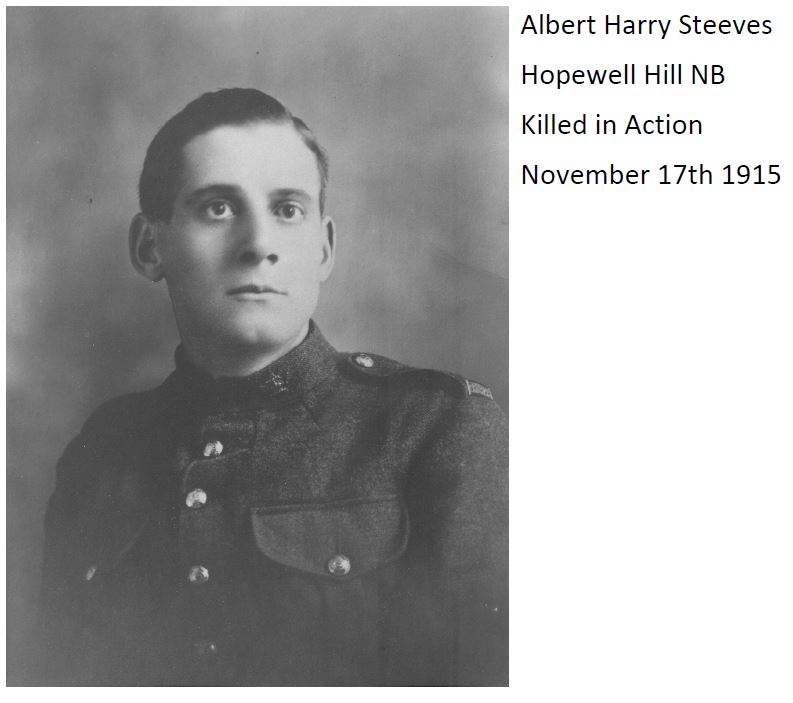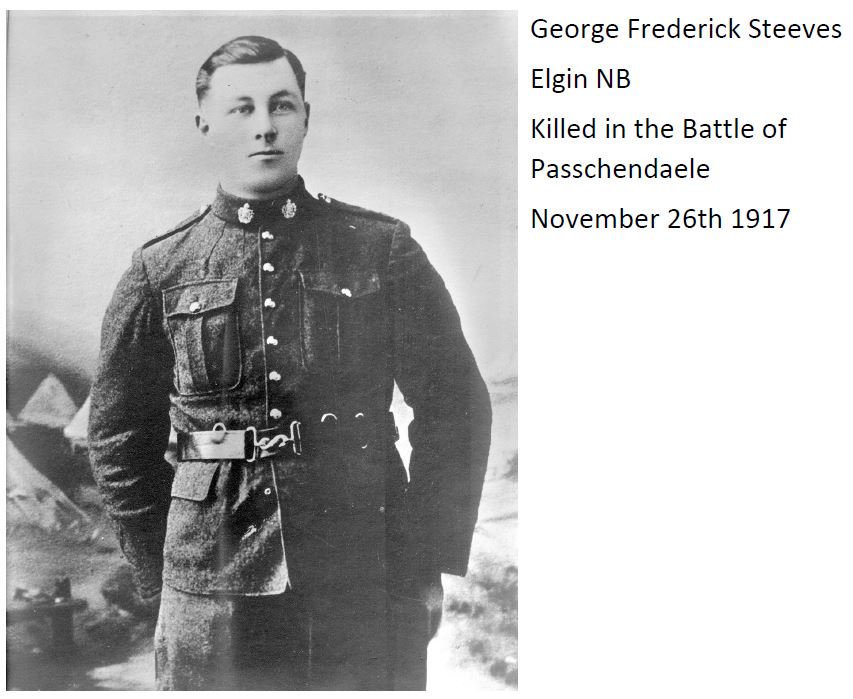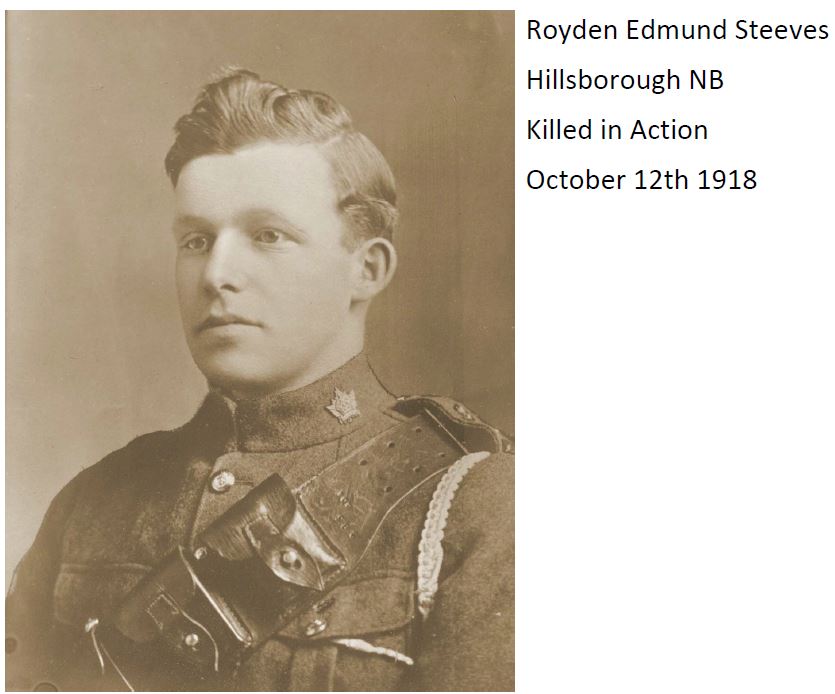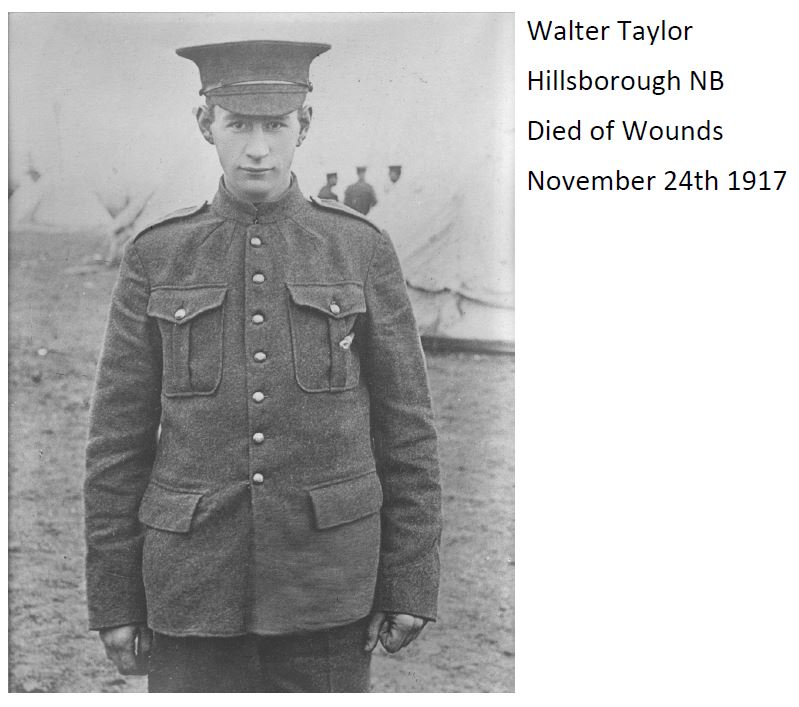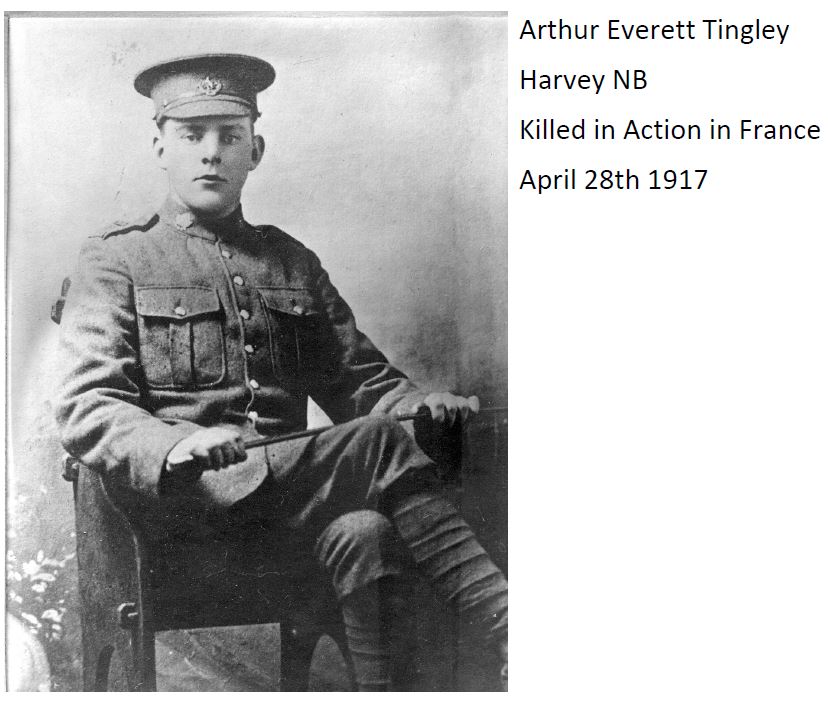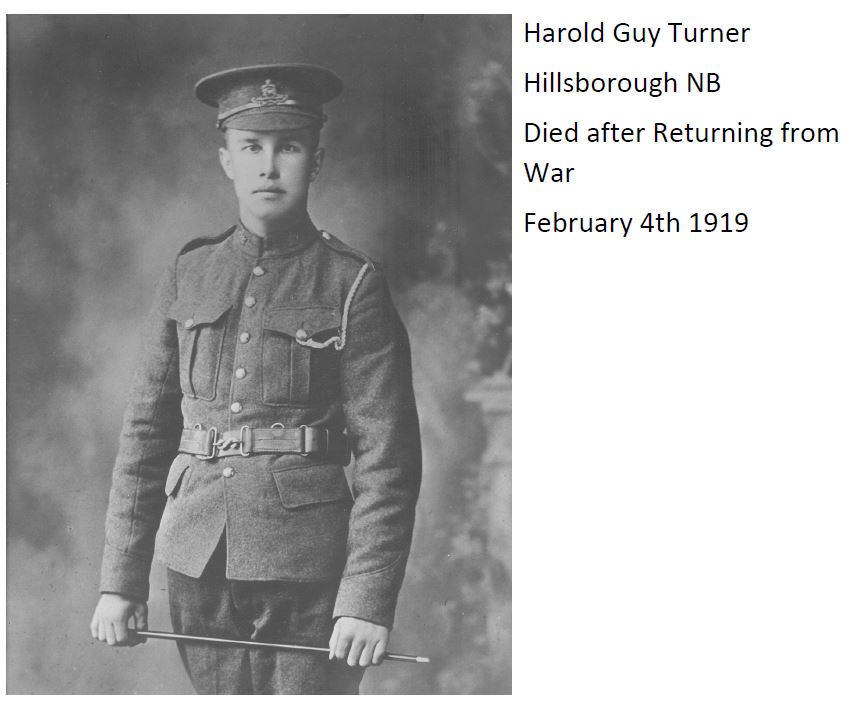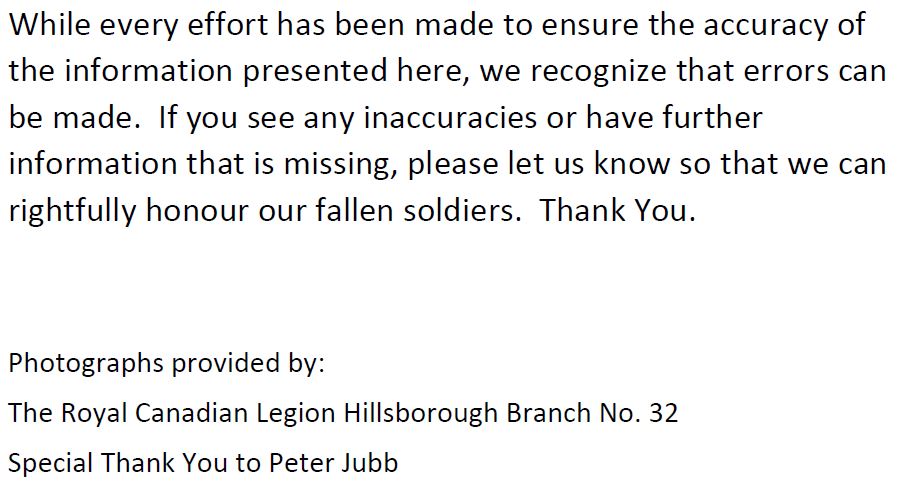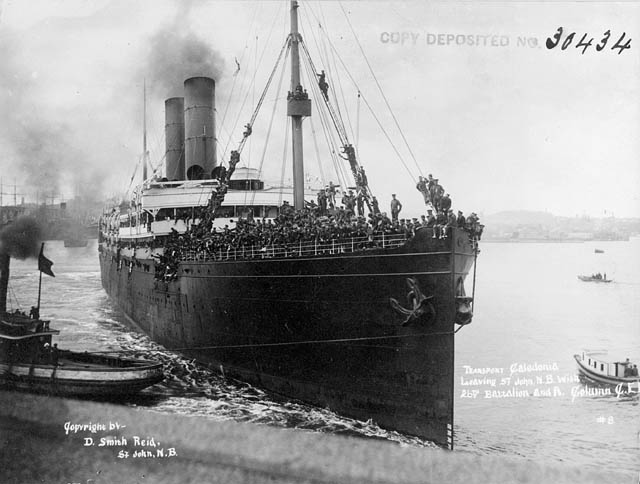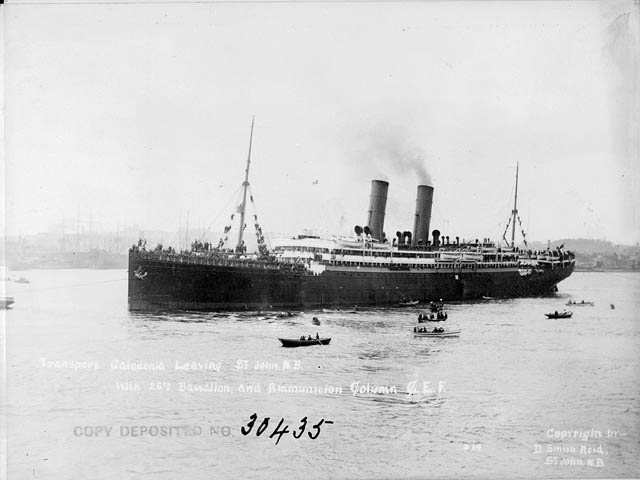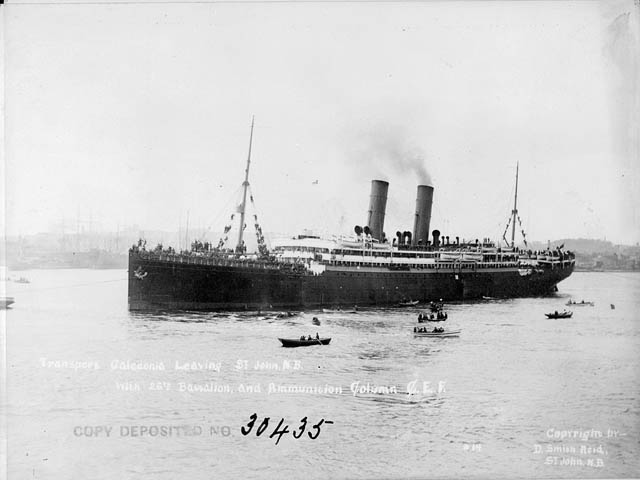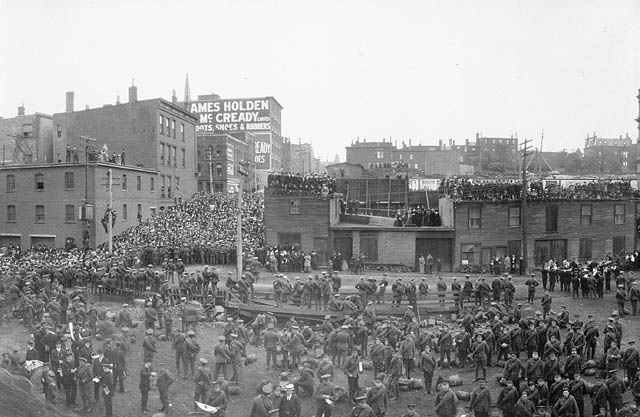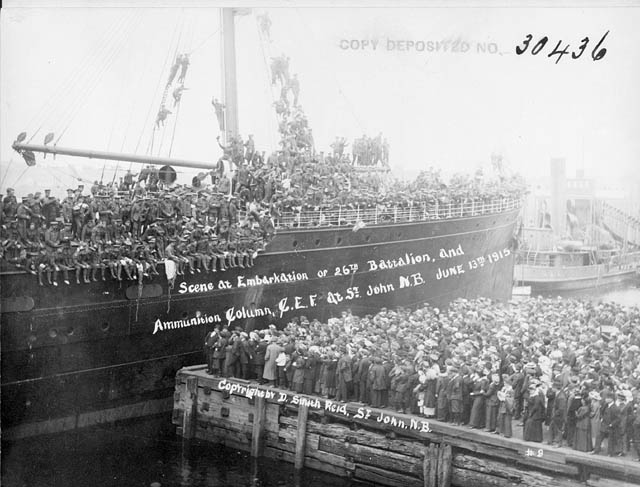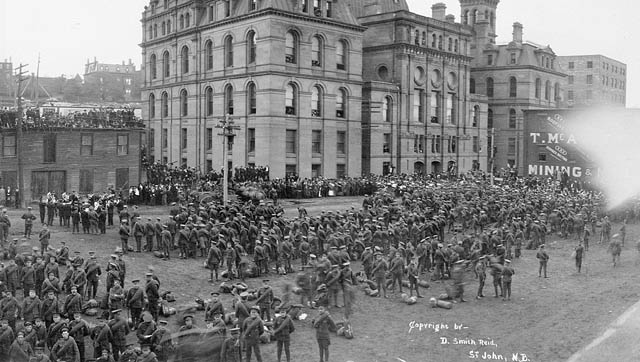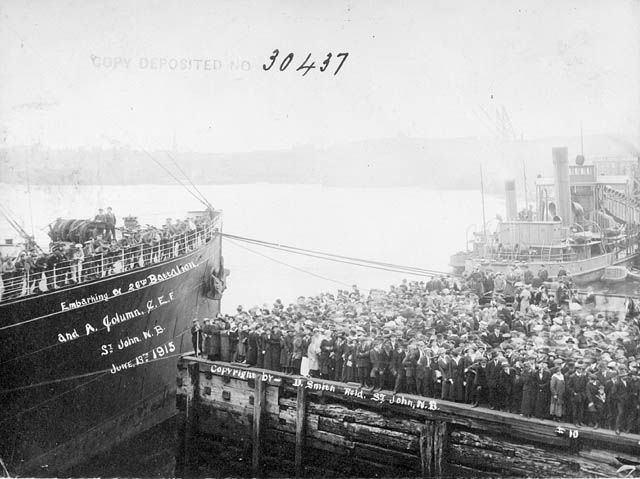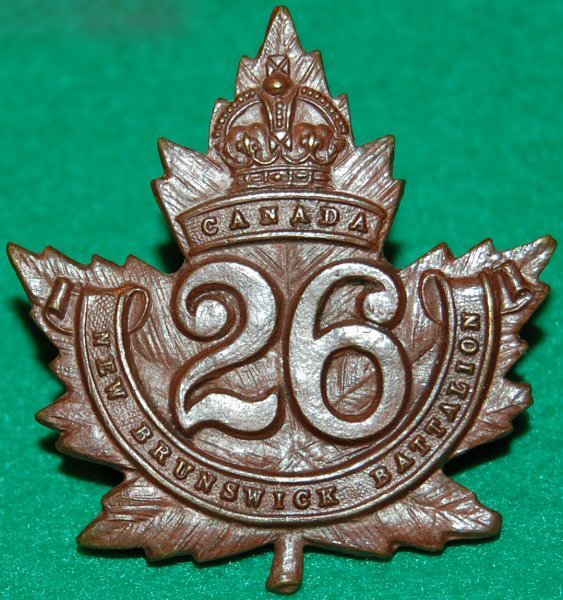Development of Commercially Viable Kerosene from Albertite by geologist Abraham Gesner in 1846 which led directly to the petroleum age and the modern world and indirectly to saving all the whales. Thanks Albert County!
A quick background, Kerosene, also known as lamp oil, is a combustible hydrocarbon liquid widely used as a fuel in industry and households. Its name derives from Greek: κηρός (keros) meaning wax, and was registered as a trademark by Abraham Gesner in 1854 before evolving into a genericized trademark. It is sometimes spelled kerosine in scientific and industrial usage.
Although “coal oil” was well known by industrial chemists at least as early as the 1700s as a byproduct of making coal gas and coal tar, it burned with a smoky flame that prevented its use for indoor illumination. In cities, much indoor illumination was provided by piped-in coal gas, but outside the cities, and for spot lighting within the cities, the lucrative market for fueling indoor lamps was supplied by whale oil, specifically that from sperm whales, which burned brighter and cleaner.
Abraham Gesner was born on May 2, 1797, in Cornwallis Township, Nova Scotia, the third son of Colonel Henry Gesner and Sara Pineo.
Although Abraham's passion appeared to be geology, he studied to be a doctor in England at the request (and with the sponsorship) of his future father-in-law before settling in Parrsboro, on the north side of Minas Basin, where he opened a practice. He deliberately chose Parrsboro because it lies in an area rich in mineral occurrences and curious geological features. As he made his visits to patients, either on foot or on horseback, he recorded observations and gathered specimens.
In 1836, he wrote his first book, Remarks on the Geology and Mineralogy of Nova Scotia (Halifax). The following year, he was asked to examine certain areas in New Brunswick for coal and, for the next five years, worked as New Brunswick's provincial geologist. His is said to be the first appointment of a government geologist in a British colony. Gesner wound up his affairs in Saint John in 1843 and returned to Cornwallis Township to settle down as a farmer and general practitioner, and had he been willing to confine his restless intellect to farming and "doctoring," he might have prospered in them. Instead, he spent much of his time, and no doubt some of his small income, on scientific experiments. These led him, in 1846 (or perhaps earlier) to the investigation of hydrocarbons.
Fortunately, Gesner recalled from his extensive knowledge of New Brunswick's geology a naturally occurring asphaltum called albertite, and by means of a specially designed retort, he was able to distill this bitumen and obtain, among other products, a light oil that could be used much more effectively than sperm whale oil in Argand lamps, the last word in domestic illumination at that time.
In 1846, the government of Prince Edward Island invited Gesner to make a geological survey of that province. He accepted and, in addition to his fieldwork, undertook a series of public lectures in Charlottetown. According to Gesner's own account, it was at one of these lectures in August 1846 that he gave the first public demonstration of the preparation and use of the new lamp fuel. His audience was enthusiastic, but unaware that they were witnessing the birth of the petroleum refining industry and the modern world!
Gersner was blocked from using Albertite in a commercial enterprise by the New Brunswick coal conglomerate because they had coal extraction rights for the province, and he lost a court case when their experts claimed albertite was a form of coal. In 1854, Gesner moved to Newtown Creek, Long Island, New York. There, he secured backing from a group of businessmen. They formed the North American Gas Light Company, to which he assigned his patents.
Despite clear priority of discovery, Gesner did not obtain his first kerosene patent until 1854, two years after James Young's US patent. Gesner's method of purifying the distillation products appears to have been superior to Young's, resulting in a cleaner and better-smelling fuel. Manufacture of kerosene under the Gesner patents began in New York in 1854 and later in Boston—being distilled from bituminous coal and oil shale.
Gesner registered the word "Kerosene" as a trademark in 1854, and for several years, only the North American Gas Light Company and the Downer Company (to which Gesner had granted the right) were allowed to call their lamp oil "Kerosene" in the United States.
The petroleum discovery at the Drake Well in western Pennsylvania in 1859 caused a great deal of public excitement and investment drilling in new wells, not only in Pennsylvania, but also in Canada, where petroleum had been discovered at Oil Springs, Ontario in 1858, and southern Poland, where Ignacy Łukasiewicz had been distilling lamp oil from petroleum seeps since 1852. The increased supply of petroleum allowed oil refiners to entirely side-step the oil-from-coal patents of both Young and Gesner, and produce illuminating oil from petroleum without paying royalties to anyone. As a result, the illuminating oil industry in the US completely switched over to petroleum in the 1860s. The petroleum-based illuminating oil was widely sold as Kerosene, and the trade name soon lost its proprietary status, and became the lower-case generic product “kerosene”. Because Gesner’s original Kerosene had been also known as “coal oil,” generic kerosene from petroleum was called “coal oil” in the US well into the 20th century.
In the United Kingdom, manufacturing oil from coal (or oil shale) continued into the early 20th century, although increasingly overshadowed by petroleum oils.
As kerosene production increased, whaling declined. The American whaling fleet, which had been steadily growing for 50 years, reached its all-time peak of 199 ships in 1858. By 1860, just two years later, the fleet had dropped to 167 ships. The Civil War cut into American whaling temporarily, but only 105 whaling ships returned to sea in 1866, the first full year of peace, and that number dwindled until only 39 American ships set out to hunt whales in 1876. Kerosene, made first from coal and oil shale, then from petroleum, had largely taken over whaling’s lucrative market in lamp oil.
Electric lighting started displacing kerosene as an illuminant in the late 1800s, especially in urban areas. However, kerosene remained the predominant commercial end-use for petroleum refined in the US until 1909, when it was exceeded by motor fuels. The rise of the gasoline-powered automobile in the early 1900s created a demand for the lighter hydrocarbon fractions, and refiners invented methods to increase the output of gasoline, while decreasing the output of kerosene. In addition, some of the heavier hydrocarbons that previously went into kerosene were incorporated into diesel fuel. Kerosene kept some market share by being increasingly used in stoves and portable heaters.
This post borrowed heavily (verbatim) from the wikipedia posts on Gesner and Kerosene along with info from other sites on the web on Gesner, please check out the originals for more info. (Here and here)
